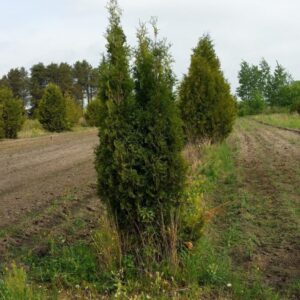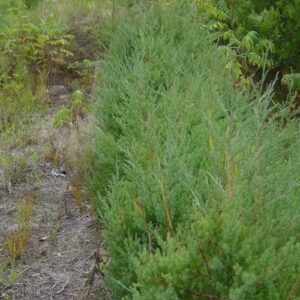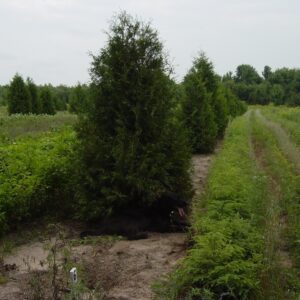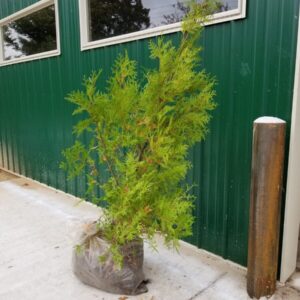Cedar Trees for Sale – Wholesale Red Cedar, White Cedar & Arborvitae
Looking to buy cedar trees for sale in bulk? Cold Stream Farm supplies a wide selection of wholesale cedar trees including Eastern Red Cedar, White Cedar, and Arborvitae varieties, perfect for privacy screening, windbreaks, or ornamental landscaping.
We grow and ship fresh, healthy Michigan-grown cedar trees across the contiguous United States. Whether you’re planting for residential use or large-scale commercial landscaping, we’ve got you covered.
Types of Cedar Trees We Offer
Eastern Red Cedar (Juniperus virginiana)
-
Native evergreen with dense, pyramidal form
-
Tolerates dry, rocky soil and poor conditions
-
Popular for windbreaks, wildlife habitats, and privacy screens
-
Fragrant wood often used in fencing or furniture
White Cedar (Thuja occidentalis)
-
Also known as Northern White Cedar
-
Soft, flat evergreen foliage; retains color year-round
-
Thrives in wet or moist soils and cold climates
-
Often used in reforestation, erosion control, and wildlife buffers
Pyramidal Arborvitae
-
Compact, upright growth
-
Excellent for foundation plantings or formal hedges
-
Low maintenance and adaptable to many soil types
White Cedar with Root Ball (Field Dug)
-
Perfect for landscapers seeking larger, established trees
-
Available seasonally for fall/spring installation
Why Buy Cedar Trees from Cold Stream Farm?
-
Wholesale pricing and volume discounts
-
Michigan-grown for cold-hardiness and transplant success
-
Shipped across the continental U.S.
-
Ideal for privacy planting, windbreaks, and natural fencing
-
Fresh, healthy stock guaranteed
Shipping & Ordering Information
Spring and fall orders are shipped based on your local climate zone to ensure safe planting. We handle all trees with care to preserve root health during transit.
To check availability or place an order, call 231-464-5809 or shop our cedar tree collection online.
GET THE FACTS
Facts About Cedar Trees
Cedar trees are evergreen trees. This means that they never lose their leaves and will remain lush and full all year round. If you're look for a tree that will remain bright and green, then cedars are your best bet.
They Make Excellent Windbreaks
What are windbreaks? These are trees, shrubs, and other outdoor structures that deflect or slow the wind before it hits your home. This is beneficial if you spend a lot of time outside, but it will also help your indoor life as well. A few carefully placed windbreaks can reduce your energy bills by as much as 25 percent. Thankfully, cedar trees are some of the best windbreaks around.
They’re Not Native to the US
While cedars can be found all across the United States, they’re not native to this region. Instead, they originate from the Himalayas and the Mediterranean. They also have a deep history within these cultures. The Lebanon cedar was mentioned frequently in the Bible, and cedarwood oil was widely used by ancient Sumerians for their paints.
They’re Long-Lived
If you want a hardy, long-lasting tree, then look no further than the cedar. While life expectancy varies depending on the specific kind, most cedar trees can live anywhere from 300 to 1000 years! Needless to say, if you plant a cedar tree, it’ll be there for a long time to come.
How to Grow Cedars
Cedar trees are very easy to grow. As long as you have the proper amount of space, it won't take much time or effort for your cedars to flourish. Cedars should be at least 6 months old before they're planted outside. When this time comes, find an area that is sunny, but spacious. Cedars need alot of room to grow properly, so they should remain at least 5 feet apart from other trees. If you're looking to use a cedar tree as a windbreak, figure out which direction the wind typically blows and then plant your trees accordingly. Windbreaks should also be spread further apart, at least two to five times more than the height of your closest tree.
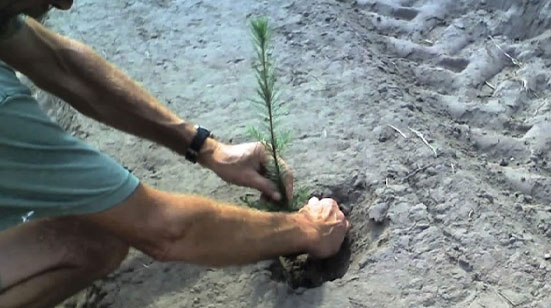
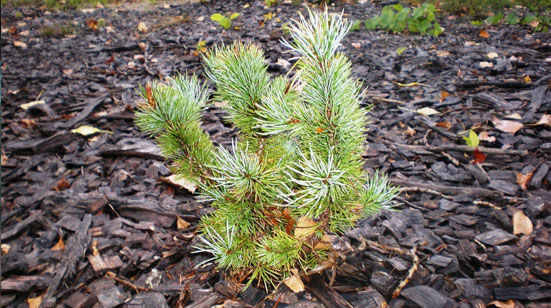
How to Care for Cedar Trees
Once you've planted your cedar tree, there isn't much more you need to do. Cedars are relatively low maintenance,making it a popular option for many homeowners. We recommend placing a 2-inch layer of mulch around the base of the tree. This will prevent moisture loss and further protect the tree from the elements. Additionally, if you use large lawnmowers or other machines in your yard, place a wire cage around the tree to prevent any injury. Young trees should also be covered in a landscape fabric for those living in extremely cold climates.
Common Cedar Problems
Cedar trees won't have many problems over the course of their life. In fact, they're practically disease resistant. Nonetheless, every tree, no matter their species, can be susceptible to insects. Cedar trees tend to attract mites, juniper scale, root we evil, and cypress tip moths. They may also be targeted by dogs or rodents who enjoy eating the bark. Thankfully, these issues are preventable. You can place a wire cage around the tree to protect it from animals, and you can use insecticide to protect it from common insects.
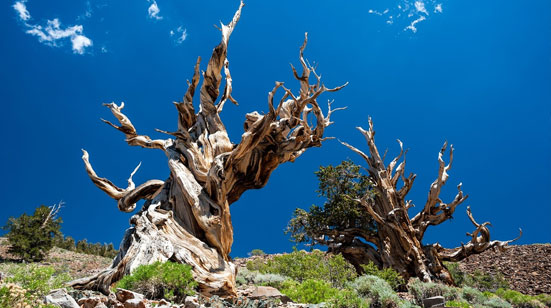

How to Grow Cedars
Cedar trees are very easy to grow. As long as you have the proper amount of space, it won't take much time or effort for your cedars to flourish. Cedars should be at least 6 months old before they're planted outside. When this time comes, find an area that is sunny, but spacious. Cedars need alot of room to grow properly, so they should remain at least 5 feet apart from other trees. If you're looking to use a cedar tree as a windbreak, figure out which direction the wind typically blows and then plant your trees accordingly. Windbreaks should also be spread further apart, at least two to five times more than the height of your closest tree.

How to Care for Cedar Trees
Once you've planted your cedar tree, there isn't much more you need to do. Cedars are relatively low maintenance,making it a popular option for many homeowners. We recommend placing a 2-inch layer of mulch around the base of the tree. This will prevent moisture loss and further protect the tree from the elements. Additionally, if you use large lawnmowers or other machines in your yard, place a wire cage around the tree to prevent any injury. Young trees should also be covered in a landscape fabric for those living in extremely cold climates.

Common Cedar Problems
Cedar trees won't have many problems over the course of their life. In fact, they're practically disease resistant. Nonetheless, every tree, no matter their species, can be susceptible to insects. Cedar trees tend to attract mites, juniper scale, root we evil, and cypress tip moths. They may also be targeted by dogs or rodents who enjoy eating the bark. Thankfully, these issues are preventable. You can place a wire cage around the tree to protect it from animals, and you can use insecticide to protect it from common insects.

